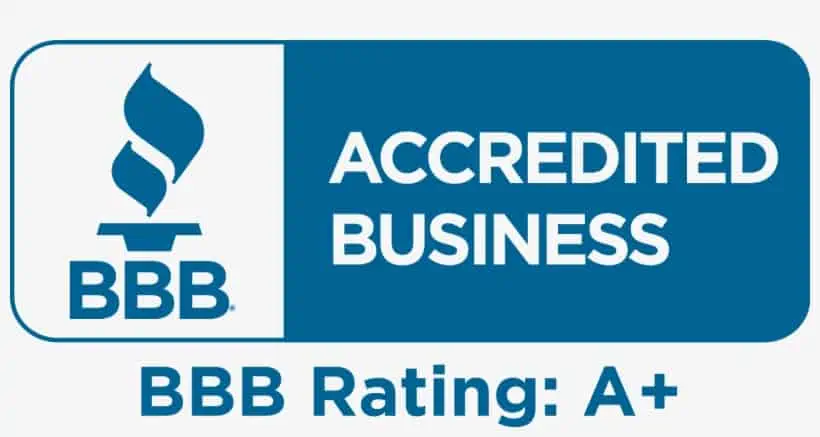While a solo 401k is a type of 401k, it is not subject to top-heavy testing because a solo 401k is only for owner-only businesses with no common-law W-2 employees. However, the top heavy plan rules to apply to a ROBS 401k because it is a type of plan for businesses that have W-2 employees.
What Is a Top-Heavy Plan
A top-heavy plan is a qualified retirement plan that generally benefits the highest paid employees or owners of the company. A plan is considered top-heavy if it allocates more than 60 percent of its benefits to these key employees.
To ensure that all employees receive at least a minimum benefit, tax code Section 416 imposes specific vesting and contribution requirements on top-heavy plans.
Top-heaviness is common in smaller plans under Section 401(k) and plans with high turnover, according to the IRS 401(k) Plan Fix-It Guide.
Issues with top-heavy plans are a reason for an IRS audit, including problems with determining whether a plan is top-heavy, or not providing the minimum contribution for nonkey employees.
Steps in Determining Whether the Plan Is Top-Heavy
The steps for determining whether the plan is top-heavy are:
• Identifying the plan’s key employees; and
• Determining how the present value of accrued benefits of that employee population compares to that of the entire workforce.
Identifying Key Employees
A key employee under tax code § 416(i)(1)(A) is any employee, including former or deceased employees, who at any time during the plan year was:
• An officer making over $170,000 (in 2016, adjusted yearly for inflation);
• A 5 percent owner of the corporate stock or capital or profits interest in an unincorporated company; or
• An owner of more than 1 percent of corporate stocks or profits interest and making more than $150,000 for the plan year.
Top-Heavy Plan Requirements
Top-heavy plans must comply with special minimum vesting and contribution rules on top-heavy plans contained in tax code Section 416(b) and (c), respectively.
Section 416(b) establishes minimum vesting requirements of three years cliff vesting or two- to six-year graded vesting. In three-year cliff vesting, an employee who works for an employer for three years has a nonforfeitable right to all of the accrued benefits derived from employer contributions. Two- to six-year graded vesting means that the employee becomes 20 percent vested after two years of service, increasing by 20 percent for each additional year of service, achieving 100 percent vesting after six years of service. Section 416(c) specifies the minimum contributions or benefits that a top-heavy plan must make.
For defined contribution plans such as a 401k in any top-heavy plan year, the minimum contribution is either:
• the lesser of 3 percent of compensation; or
• if the largest contribution for a key employee is less than 3 percent, the highest contribution expressed as a percentage that is received by a key employee.
Making Corrections to Top-Heavy Plans
A plan operational failure resulting from not making a required minimum contribution can be corrected by making the contribution under one of three component programs comprising the Employee Plans Compliance Resolution System as administered in Rev. Proc. 2013-12.
The Self Correction Program and Voluntary Compliance Program are reserved for mistakes uncovered by the employer on its own prior to an IRS audit. Plans under audit must submit their correction under the Correction on Audit Program, which entails negotiating a sanction with the IRS as part of a closing agreement.



